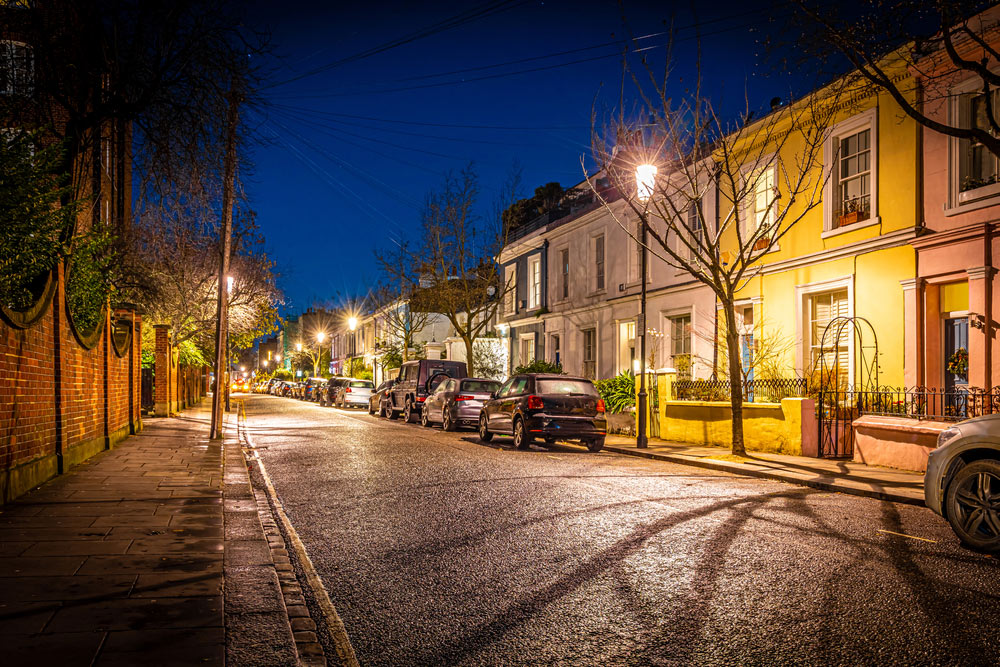Upcoming Amendments To High Street Use Classes In 2020
Upcoming changes to high street use classes in the UK look set to represent the biggest change to town centre planning for a long time. A recent announcement on Twitter by Rt Hon Robert Jenrick MP (who is Secretary of State for Housing, Communities and Local Government) outlined the UK Government’s plans to bring in sweeping changes to use classes. Mr Jenrick confirmed that amendments to high street use classes would come into effect on 1st September 2020.
What Does This Mean For High Street Use Classes?
It is thought that the proposed changes to high street use classes will give far more room for businesses, architects and developers to swap uses within town centres, without planning permission being needed. It seems this move by the UK Government is a bid to help town centres regenerate now that lockdown restrictions are beginning to ease. The new amendments will mean that current policies around shop frontages will become obsolete and that local planning authorities will see their remit to dictate the precise mixture of high street uses curtailed.
What Do The Details Of These Changes Look Like?
Of course, all architects, developers, landlords and business owners are keen to know what the new guidance around high street uses means in practice. In short, the amendments allow 3 new classes of use in town centres: – Class E which is service, commercial and business usage – Class F.1 which is learning and non-residential organisation usage – Class F.2 which is local community usage In addition, these changes will combine any premises which are currently classed as shops, financial services, restaurants/cafes, offices/businesses, nurseries/creches, indoor fitness/sports or medical facilities individually into one single usage class. This new combined use class will be known as Class E.

What Might The Changes To High Street Use Classes Achieve?
In the past, some plans for development have tried to protect the A1 class for shop use in the high street via clamping down on change of uses. These new amendments aim to stop this and make high streets more vibrant and diverse as a result. It is also key to note that the upcoming changes to use classes also bring in some additional restrictions. There seems to be added protection to guard against the loss of community, non-residential and learning institutions for example. There are also some so-called ‘bad neighbour’ classes for town centres which are in the sui generis list. This sees no change of use allowed for things like takeaways or pubs. There also seems to be a grey area in relation to food outlets. This could see disputes arise as to whether they will be placed in the A3, A5, E or sui generis use class.
Summary Of Changes To High Street Use Class Amendments
As the above shows, there is a lot to take in around these changes before 1st September 2020. For the brand new Class E usage, the way it combines multiple high street commercial uses means any change in use may not be seen as development at all. It is also key to note that there will be more sui generis uses in the future which caters to more high street uses than before. Of course, you may not have the time, expertise or inclination to get up to speed with what these changes mean for your premises or project. If this is the case, get in touch with Commercial Architecture today on 0203 409 4215. As a specialist change of use business architect, we have a firm handle on exactly what these changes will mean for you and can advise accordingly.






